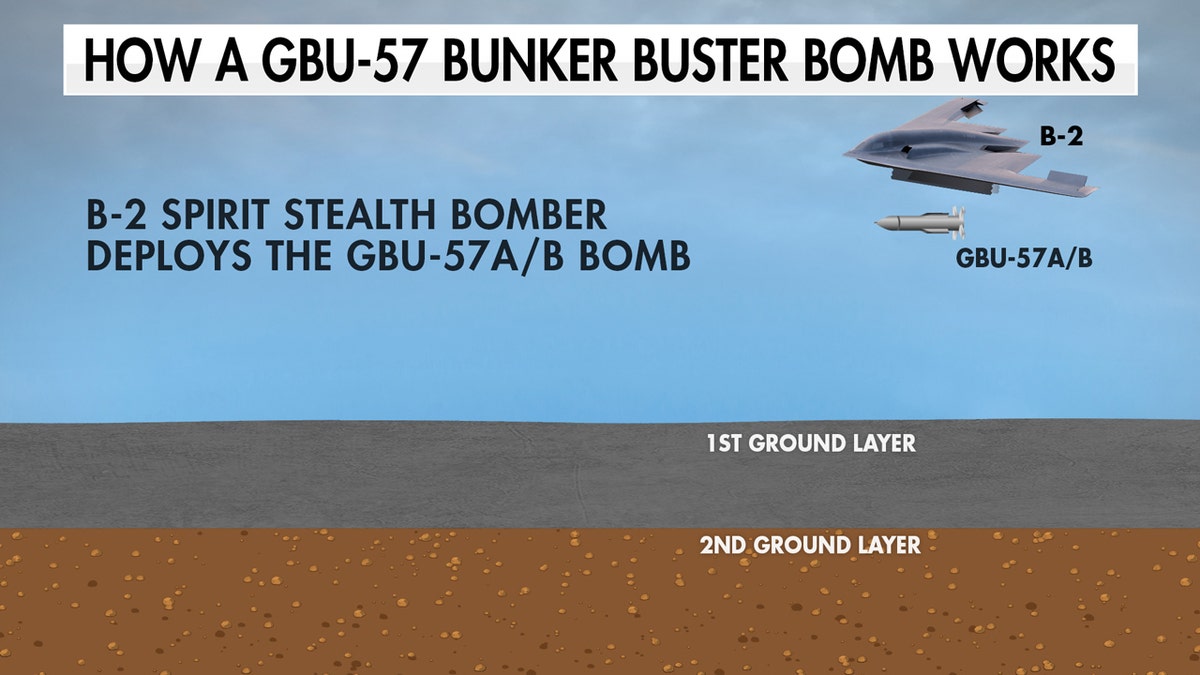Articles in this Cluster
19-06-2025
Israel has struck Iran’s Natanz enrichment site but not the heavily fortified Fordo facility, which many experts see as central to any Iranian bid for a nuclear weapon. Fordo is buried deep in a mountain, protected by strong air defenses, and houses advanced IR-6 centrifuges; the IAEA previously detected near-weapons-grade (almost 84%) uranium particles there. Transparency at Fordo has diminished since the U.S. left the nuclear deal, and the IAEA recently found Iran non-compliant with monitoring. While U.S. intelligence recently assessed Iran wasn’t building a bomb, Israel claims Tehran is rapidly advancing and running a secret weapons-related program. Given Fordo’s location, capabilities, and strategic role as a potential breakout site, analysts warn it remains a prime target despite the difficulty of striking it.
Entities: Fordo nuclear facility, Israel, Iran, IAEA, IR-6 centrifuges • Tone: analytical • Sentiment: neutral • Intent: analyze
19-06-2025
The article explains that while Israeli strikes have hit above-ground structures at Iranian nuclear sites, critical facilities like Fordow remain deeply buried and likely intact. The U.S. Air Force’s GBU-57 Massive Ordnance Penetrator (MOP) is the only conventional weapon capable of threatening such bunkers, and President Trump has signaled openness to helping. However, even the MOP may struggle against Iran’s deepest, most hardened installations, making a decisive conventional strike uncertain.
Entities: GBU-57 Massive Ordnance Penetrator, Fordow, Iran, Israeli strikes, U.S. Air Force • Tone: analytical • Sentiment: neutral • Intent: analyze
19-06-2025
CNN’s analysis explains “bunker busters,” focusing on the US Massive Ordnance Penetrator (MOP), a precision-guided, deep-penetration bomb designed to destroy heavily fortified underground facilities like Iran’s Fordow nuclear site, which is buried deep inside a mountain. The segment notes that only the MOP—carried by the B-2 stealth bomber—has the capability to reach and devastate such hardened targets. The piece is framed within escalating Israel-Iran tensions and broader discussions about potential strikes on nuclear infrastructure.
Entities: Massive Ordnance Penetrator (MOP), B-2 stealth bomber, CNN, Iran, Fordow nuclear site • Tone: analytical • Sentiment: neutral • Intent: inform
19-06-2025
CNN’s Col. Cedric Leighton explains that the only weapon capable of destroying deeply buried facilities like Iran’s Fordow nuclear site is the U.S. Massive Ordnance Penetrator (MOP), a high-precision “bunker buster” designed to penetrate fortified underground targets. He notes that only one aircraft—capable of carrying the MOP—can deliver it, underscoring the weapon’s unique role in striking hardened nuclear infrastructure.
Entities: Massive Ordnance Penetrator (MOP), Fordow nuclear site, Iran, U.S. Air Force, bunker buster • Tone: analytical • Sentiment: neutral • Intent: inform
19-06-2025
The article explains that Iran’s deeply buried Fordow nuclear facility remains intact and may only be fully neutralized by the U.S.-only 30,000-pound GBU-57 Massive Ordnance Penetrator (MOP), likely delivered by a B-2 stealth bomber using successive “burrowing” strikes. While Israel has 2,000- and 5,000-pound bunker busters and could attempt a more limited operation to disrupt Fordow’s power or operations—potentially setting back activity by about a year—experts say destroying the site from the air is realistically a U.S. job. The piece underscores differing U.S.-Israeli objectives: total obliteration versus operational setback, and notes Israel has already hit other parts of Iran’s nuclear fuel cycle.
Entities: Fordow nuclear facility, GBU-57 Massive Ordnance Penetrator (MOP), B-2 stealth bomber, United States, Israel • Tone: analytical • Sentiment: neutral • Intent: inform
19-06-2025
Sky News explains that Iran’s Fordow uranium enrichment plant is buried so deeply under a mountain that only the U.S.-made GBU-57 Massive Ordnance Penetrator—a 30,000 lb bunker-buster deliverable by a B-2 stealth bomber—could likely destroy it. Israel possesses bunker-buster bombs but not the GBU-57, limiting its ability to strike Fordow. Recent Israeli attacks reportedly caused extensive damage at Natanz and some damage at Isfahan, but little to none at Fordow. Analysts suggest Israel may keep targeting Natanz and attempt to disable Fordow indirectly (e.g., power disruption), but fully neutralizing Fordow may require U.S. involvement—something President Trump has signaled he wants to avoid despite fluctuating rhetoric toward Iran.
Entities: GBU-57 Massive Ordnance Penetrator, Fordow uranium enrichment plant, B-2 stealth bomber, Israel, Natanz • Tone: analytical • Sentiment: neutral • Intent: inform
19-06-2025
US Defense Secretary Pete Hegseth avoided directly answering Senate questions about whether the U.S. will actively join Israel against Iran, saying his role is to present options and that any decision rests with President Donald Trump. He declined to discuss specifics, including potential use of “bunker buster” bombs Israel has requested to target Iran’s fortified nuclear sites. The issue, seen as Trump’s most consequential decision of his second term, could reshape Middle East power dynamics and place him at odds with some political allies, while Democrats on the committee also voiced concerns about balancing threats, including China in the Indo-Pacific.
Entities: United States, Israel, Iran, Pete Hegseth, Donald Trump • Tone: analytical • Sentiment: neutral • Intent: inform
